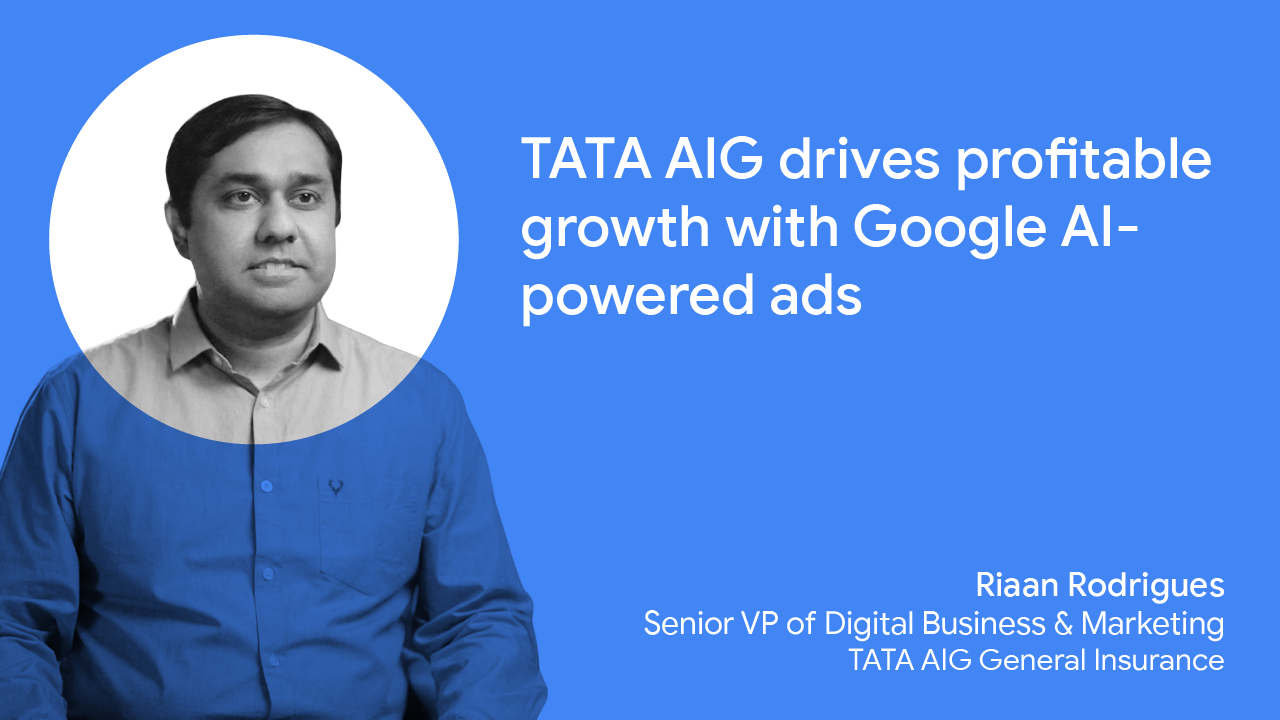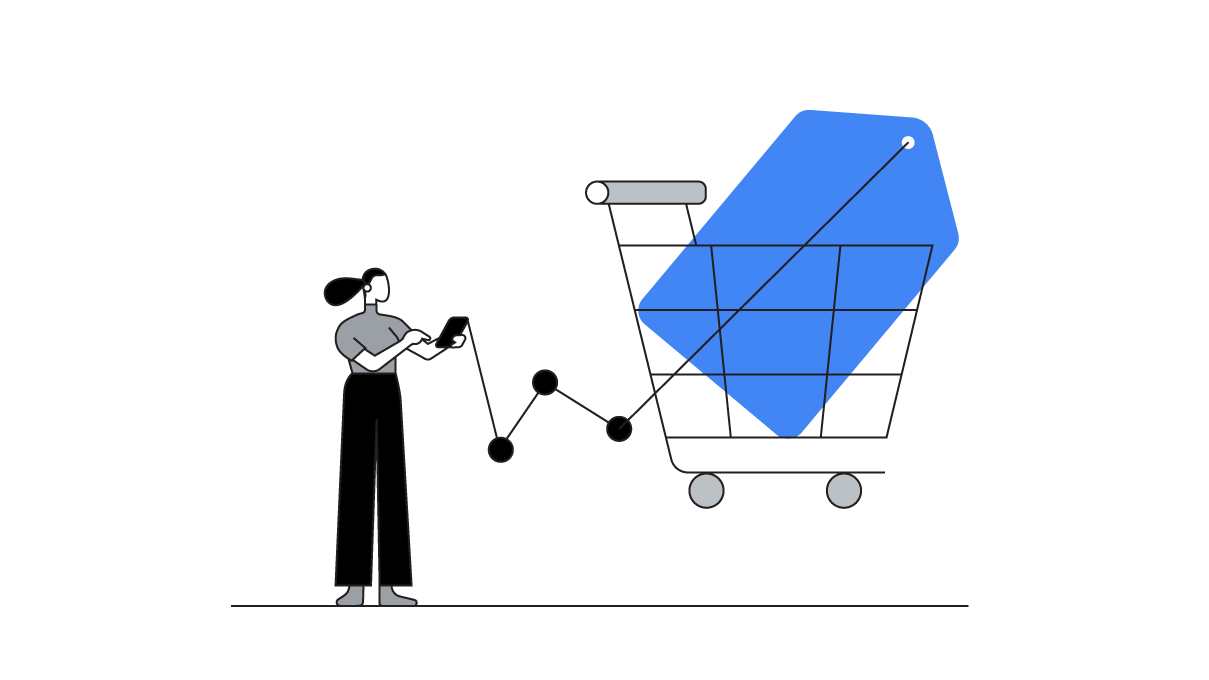Consumers today increasingly respond to timely, tailored online ads, but they also expect transparency into how their data is used. Here, Dan Taylor, managing director of global display ads, Scott Sheffer, VP of online partnerships, and Sam Temes, director of display and video strategy explain how marketers can succeed in a new, predictive era of advertising.
In the early days of digital ads, marketers brought tactics such as demographic estimates and contextual ad placements from the traditional broadcast world to the web. As technology evolved, we were soon able to use new tools to optimize our digital campaigns and reach audiences with greater precision.
However, these tools have raised consumers’ concerns about how their data is being used. And while the industry is making changes to address the concerns, we need to be wary of unintended consequences.
While the industry is making changes to address the concerns, we need to be wary of unintended consequences.
For instance, some browsers have started restricting third-party cookies. While this prevents intrusive ad experiences (like an ad for a specific product “following” you around the web for weeks after you’ve already purchased it), it also makes advertising less relevant. And when this happens, it threatens the open web supported by publishers. For example, with the removal of cookies, publishers’ main source of funding falls by an average of 52%, thus limiting their ability to invest in freely accessible, high-quality content.
Another result of the large-scale blocking of cookies is the use of opaque alternative tracking techniques such as fingerprinting, where information like installed fonts and device type are used to build a unique identifier for each user. But because people can neither see nor clear their “fingerprints,” it represents a big step back for privacy.

It’s time we move to a smarter and more predictive era where advances in analytics, cloud technology, and machine learning will enable marketers to deliver the personalization users want while respecting the privacy they expect. Succeeding in this new, predictive era of advertising comes down to three key steps:
Build transparent, meaningful first-party relationships
Whether it’s site or app visits, clicks on an ad, or real-world touchpoints like loyalty programs and coupon redemptions, first-party data is valuable. Consumers definitely need to be made aware that this information is being collected. But even more important is the fact that when they give brands permission to use their information, they expect value from that exchange.
We all love the personal touch of being given our favorite table at a local restaurant or when a hotel remembers that we requested a garden-facing room on our last visit. Those are the experiences that we remember and make us more likely to return. Now imagine if all online experiences, including ads, were like that — meaningful interactions that inspire brand loyalty and long-term business growth.
When companies consolidate their first-party data and treat it as a key marketing asset, they can begin to break down silos within their organization and deliver memorable customer experiences — in a privacy-safe way.
Harness the predictive power of machine learning
One of the most exciting benefits of machine learning is its potential to help marketers surface powerful insights from large sets of data. Across APAC, we’ve seen how machine learning is helping marketers create more relevant customer segments; deliver more personalized, high-impact creative; and measure performance more effectively — all with user privacy at the core.
Boston Consulting Group recently found organizations that strive toward digital marketing maturity by using machine learning with active human supervision can boost campaign performance by an additional 15%. Harnessing new technology is a crucial step toward building stronger first-party relationships and delivering relevant, tailored experiences on a large scale.
Develop clear privacy policies that put users in control
After considering how your first-party data strategy will come to life, it’s important to create clear privacy policies that explain to users what data is being collected, how it’s going to be used, and what value they’ll get by granting data permissions.
Once a user has made their choice, it absolutely must be honored.
Privacy means different things to different people, and every user should be given full control of settings and features. The user should get to decide how their information is used and when it’s deleted. And once a user has made their choice, it absolutely must be honored.
A powerful opportunity for marketers
There’s no denying this new era makes digital marketing more challenging than ever, but our ability to adapt and succeed has never been greater. As consumers grow to expect closer control over their data, technology has advanced to a point where marketers can predict and deliver online experiences that drive better results that don’t sacrifice personal privacy.









